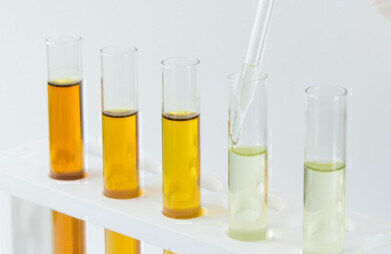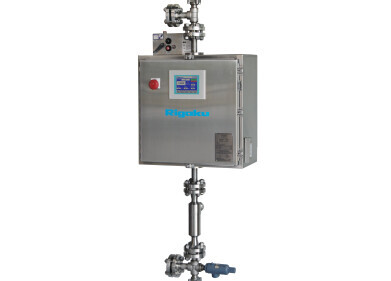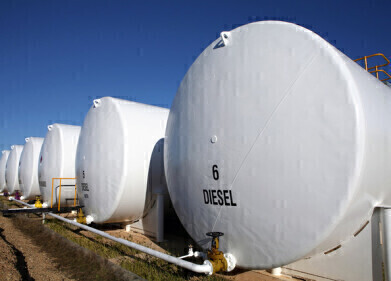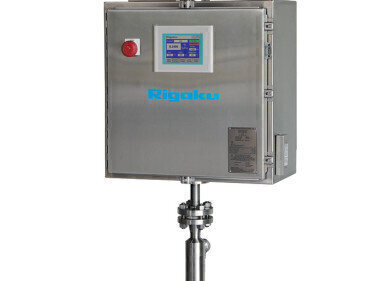Sulphur Analysis
A solution for analysis of total sulphur in all types of biodiesel and FAME samples
Apr 20 2022
Recently, the market has seen far more complex matrices in a wide spectrum of different fuels. Sulphur is a crucial component and., across the globe, legislation has demanded lower sulphur concentrations in fuels, both for the sake of the environment and to monitor degradation in catalytic processes.
To minimize the impact on human and environmental health, biodiesels and mixtures of biofuels with fossil fuels have become more and more ubiquitous. There are many different biofuels such as vegetable oils, cooking oils, animal fats and other renewable oils; these biofuels also vary in terms of quality and composition, which in turn means they have a variety of combustion characteristics.
During biofuel production, triglyceride molecules are converted, in a process known as transesterification, to matrices like fatty acid methyl esters (FAME) in biodiesel (a-polar phase) and glycerol (polar phase), which must be separated. Moreover, the biodiesel phase must be washed to remove remaining inorganic pollutants. These processes are complex and the composition of the sample matrix vary considerably, which is an important factor when choosing the method for the analysis of total sulphur in the biodiesel/FAME sample.
Total sulphur in biodiesel samples may be measured with combustion followed by the UV-fluorescence detector technique, as per methods ISO 20846 and ASTM D5453. Test labs have to make the tricky choice between the two different methods of sample introduction: the direct injection or boat inlet. While direct injection is quicker, but the boat inlet tents to be more precise.
Most biodiesel/FAME samples have similar matrix composition and boiling point ranges as regular diesel. In the case of these types of samples the best choice is fast analysis by direct liquids injection into a pre-zone/heated furnace in a few minutes. Complications arise when faced with a differing matrix composition due to the presence of higher boiling point components caused by contamination components such as residual glycerol or salts from the washing process. These fuels need a more defensive, controlled sample introduction method by injecting the sample in a sample boat; this enters the furnace gradually enabling all components to combust completely.
Trace Elemental Instruments (TE) provide comprehensive solutions for all of the above matrices. Their Xplorer-TS analyser is widely perceived as the benchmark in the industry for unattended analysis of total sulphur. It provides unsurpassed precision for providing the most accurate results for biodiesel/FAME samples with the capability of choosing between fast and fully controlled analysis of complex matrices without contaminating the instrument. In addition, the Xplorer-V NS Vertical instrument can perform the analysis of an even wider scope of sample matrices thanks to a new furnace design and sample injection technology. TE Instruments are more than happy to offer advice about the best configuration for specific samples, many operators send them an application request for their specific sample matrix. TE Instruments can also run customer’s samples on their full range of instruments in one of their application laboratories at their headquarters in Delft, The Netherlands.
Digital Edition
PIN 25.3 June/July
June 2024
Analytical Instrumentation - Recent Advances In Various Bench Scale Accelerated Oxidative Testing Methods For Fuels - Petrochemical Industry: Anton Paar Solutions Streamline Processes, Reduce H...
View all digital editions
Events
Jul 30 2024 Jakarta, Indonesia
Jul 30 2024 Jakarta, Indonesia
China Energy Summit & Exhibition
Jul 31 2024 Beijing, China
Jul 31 2024 Chengdu, China
Aug 05 2024 Moon Township, PA, USA




_small.jpg)














